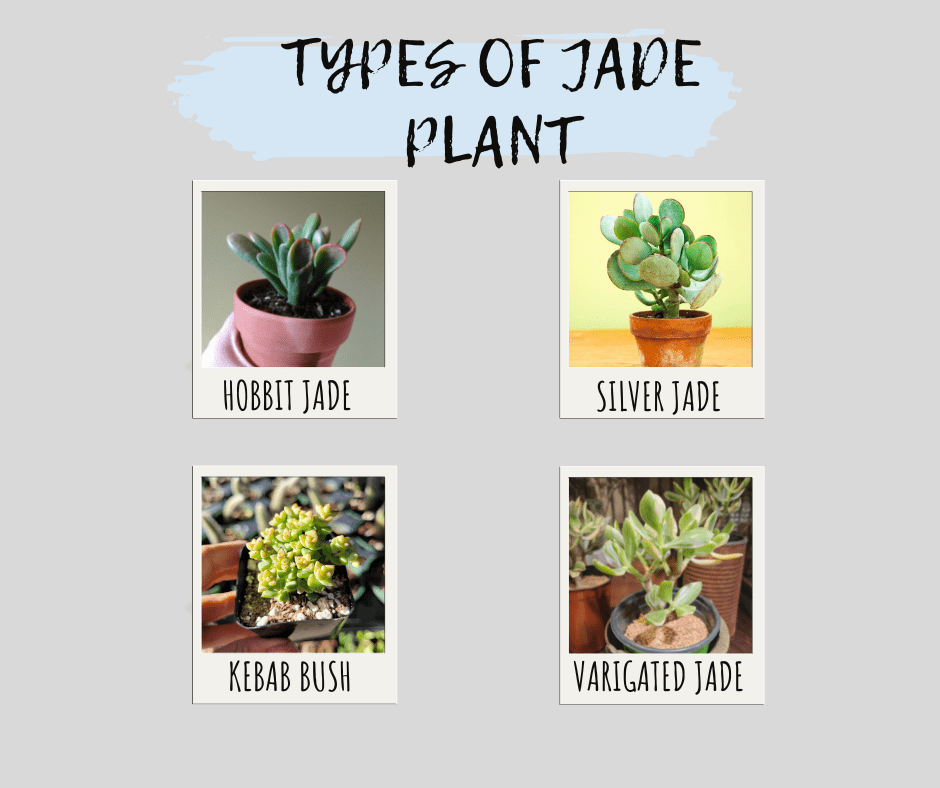Jade Plant is a drought-tolerant miniature tree-like succulent that contributes to the elegance of your home with tons of benefits.
The long list of benefits and advantages doesn’t end here. Let’s get an in-depth understanding of the same.
Table of Contents Show
Jade Plant Overview
Jade Plant is named ‘Lucky Plant’ or ‘Money Plant.’ These plants flourish in zone 10 and above but are not cold-hardy.
| Indicator | Identity |
|---|---|
| Origin | South Africa |
| Scientific Name | Crassula ovata |
| Family | Crassulaceae |
| Plant Type | Evergreen succulent |
| Plant's Height | At most 5 feet |
| Plant's Width | 2-3 Feet |
| Foliage | Oval shaped green leaves |
| Flower | Star shaped, pink to white in color |
| Growing Season | Spring and Summer |
| Propagation Techniques | Stem or leaf cutting |
Benefits of Jade Plant in the Environment
Fulling the basic care requirement of your Jade Plant levitates the following benefits.
1. Improves Air Quality
The air inside our home could host tons of pollutants like xylene, toluene, benzene, etc.
These volatile organic compounds (VOC) will likely get in from paints, woods, preservatives, and insect repellents.
As 90% of the population in the U.S. spend time indoors, the chemicals eventually lead to weakness, exhaustion, headache, allergies, and insomnia.
Likewise, recent research claims that urban greens (indoor plants) significantly control airborne pathogens, which is a boon after the Covid saga.
Further, Crassulacean Acid Metabolism (CAM) in Jade allows photosynthesis during the low-light or night, reducing CO2 levels indoors.
And fresh air from the Jade Plant in the bedroom help your sleep better.
2. Enhanced Humidity Level
The basic process of respiration and photosynthesis in plants adds to the humidity level.
The moisture release raises the humidity level.
Especially during cold days, grouping Jade with other house plants will keep the room humid, eventually helping with flaky, dry skin.
3. Soothes Skin
Jade can treat various skin-related problems and infections.
You can use extracts from Jade on your itchy or burned skin to soothe the irritation.
Additionally, the thick succulent leaves as a paste help with swollen wounds boils, and cuts.
Apart from these benefits, the juice also helps to treat skin warts when applied overnight across three days.
4. Traditional Benefits
Although there is not much to learn about the medicinal benefits of Jade in research papers and books, these have traditionally been used for healthcare.
In ancient Chinese culture, Jade tea was used to treat diabetes.

Likewise, African people have been using Jade Plant extract to cure nausea, diarrhea, and epilepsy.
5. Easy Maintenance
Unlike Orchids, Jade plants require much less pampering, for they are slow-growers.
Once you repot the plant in a nutrient-rich medium, it won’t demand another shelter for 2-3 years.
You might want to prune them occasionally for the desired shape.
6. Jade Plant Feng Shui
Many Asians are embedded in the belief that the Jade Plant attracts money and prosperity.
Following the same belief, you might want to place the plant close to the cash counter or register for growing affluence.
Similarly, it is said that placing Jade in an east corner captivates upping health and family bliss.
Watch the video below to learn more about its benefits in Feng Shui.
7. Serves Aesthetic Purpose
The Jade plant provides a sense of elegance with glossy, oblong, or round leaves that sparkle in a dark green hue.
If that wasn’t enough, you might get a rare view of lovely pink and white blooms in late winter and early spring.
Although these blooms look beautiful in a light-colored pot, you can add some rainbow pebbles to uplift the plant’s aesthetics.
Where to Buy Jade Plant?
Despite the active growth period of Jade Plant being summer and spring, these plants can be found year-round in the online stores below.
| Shops | Delivery |
|---|---|
| Amazon | Within 5-6 days |
| Woodies Garden Goods | Within 5-7 days |
| Planterina | 3-5 business days |
From Editorial Team
Conclusion!
Knowing about all those benefits might influence you to populate these green beauties.
You can propagate them by growing the stem cutting in an all-purpose potting mix.
But place them out of your pet’s reach as they possess harmful chemicals.


